CHIEF ILLINIWEK: THE HISTORY BEHIND THE CONTROVERSY
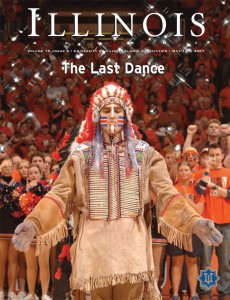
Most residents of the Champaign-Urbana community have been asked the question, “are you pro-Chief?,” This question, which would make little sense to someone not familiar with the area, can become quite a heated topic for local residents or anyone connected to the University of Illinois at Urbana-Champaign. What some view as a symbol of dignity, honor, and the complete man, others view as offensive and a shameful way to represent UIUC. Even after Chief Illiniwek’s last dance on February 21, 2007, some try to keep the spirit and tradition of the Chief alive, while others try to move on and leave the Chief in the past. Despite the controversy around the symbol, Chief Illiniwek had a long and fruitful history at the University, and in the Champaign-Urbana community.
Chief Illiniwek first made an appearance on October 30, 1927 at a home football game against the Pennsylvania Quakers. Ray Dvorak, the assistant band director at the time, talked with the University of Pennsylvania marching band directors and decided to put on some sort of half time show featuring William Penn to represent the state of Pennsylvania, and someone representing the state of Illinois to be decided by Dvorak. Dvorak thought the idea of having a Native American war dance at halftime would be a good representation of the state, and the Illinois tribe of Native Americans who once inhabited Central Illinois.
The job of designing the outfit and choreographing the dance was left to Lester Leutwiler, an Illinois student who was an Eagle Scout and had an extensive knowledge of Native American culture, tradition, and folklore. The dance was based on the more secular and less sacred dances of the indians of the plains, and all the Chief’s in U of I history went through training to learn and memorize these dances.
After the costume and dance was designed, Leutwiler entered the field at halftime and performed his war dance while Pennsylvania’s William Penn impersonator put on a show of his own. After the two were finished, the Quaker offered the Chief a peace pipe, which they smoked and then preceded to walk off the field arm in arm.
Many Chiefs followed after Leutwiler including one who rode on horseback, and even one female, Idelle Stith known as “princess Illiniwek.” The tradition of Chief Illiniwek was truly solidified, however, when Illinois head coach Bob Zuppke used the phrase “Illiniwek” to describe “the complete man, the strong, physical man, the intellectual man, and the spiritual man.” This idea became what the Chief represented as the official symbol of the University of Illinois Athletics.
Controversy first began to arise around the Chief as students including protest leader Charlene Teters began to speak out against the Chief in 1989. Teters stood silently outside of Illinois basketball games with a sign reading “Indians are human beings.”
When the protests against the Chief were in full swing, however, the Peoria tribe of Indians of Oklahoma (the closest descendents of the Illinois) made an interesting statement that was actually in favor of the University’s icon. Don Giles, then Chief of the Peoria said, “To say that we are anything but proud to have these portrayals would be completely wrong. We are proud. We’re proud that the University of Illinois, the flagship university of the state, a seat of learning, is drawing on that background of our having been there. And what more honor could they pay us?” The tribe’s stance, however, changed years later as they requested the University stop using the Chief as their athletic symbol.
As the controversy continued, the NCAA released a statement in August 2005, proclaiming that any school with a racist or insensitive representation of American Indian culture must get rid of their offensive mascot or they will be banned from hosting NCAA post-season events. Eventually the University of Illinois met the NCAA’s criteria for an offensive mascot, although many community members believed the Chief to be more of an honorary symbol to the Illinois Indians and less of a mockery.
The Chief danced his last dance at a home basketball game against Michigan on February 21, 2007. Although the name Fighting Illini is still permitted, any symbols or representation of the Chief will not be seen at any official University events, other than many of the fans themselves who still wear Chief apparel, and student Ivan Dozier who still portrays the Chief today in the crowd, and is still considered today’s Chief Illiniwek by many.
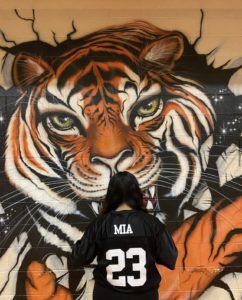

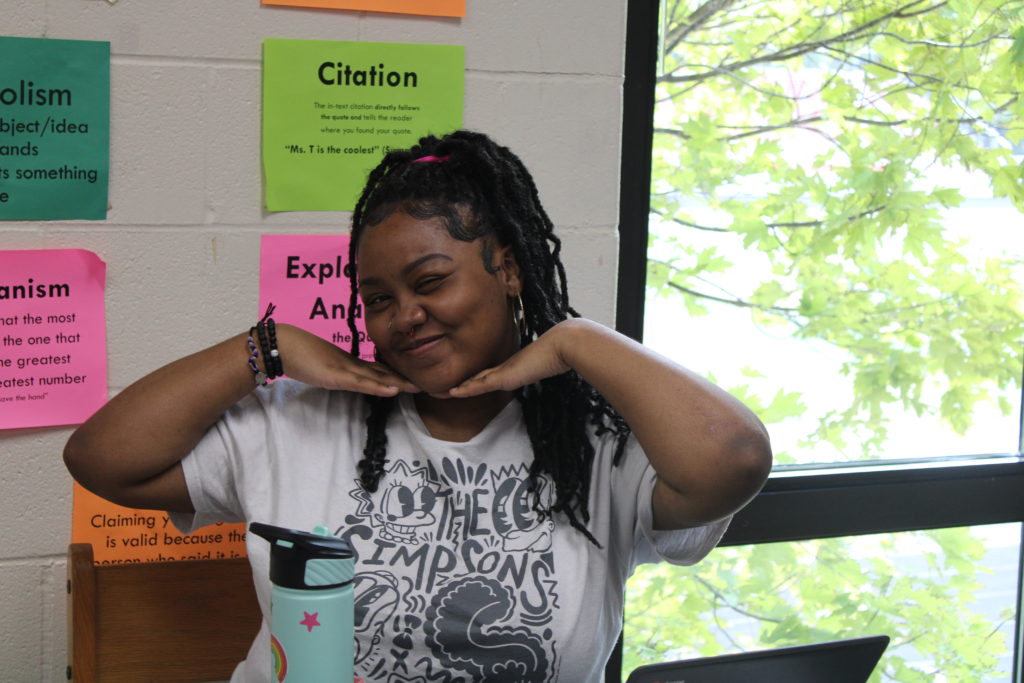

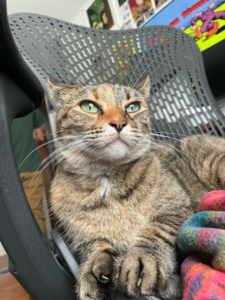




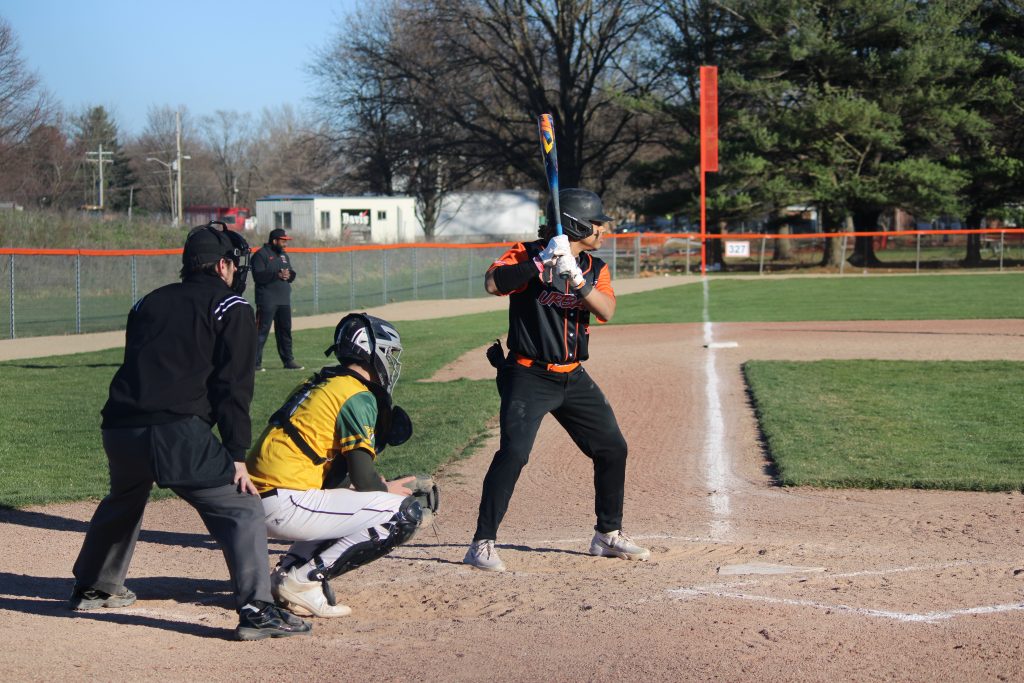
Great summary of the issue- but what is your opinion? Does this still divide people in Urbana?
Hello there, You’ve done an excellent job. I’ll definitely digg it and personally suggest to my friends.
I am sure they will be benefited from this web site.
David D — here is my follow up editorial, expressing my opinion
http://www.uhsecho.com/2013/05/the-consequences-of-forgetting-chief-illiniwek/
Tail wagging the dog again!
BTW, I am 1/8th American Indian….